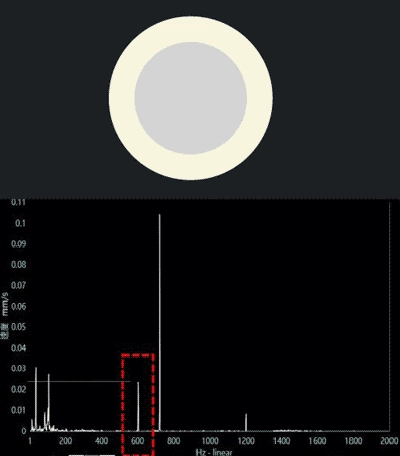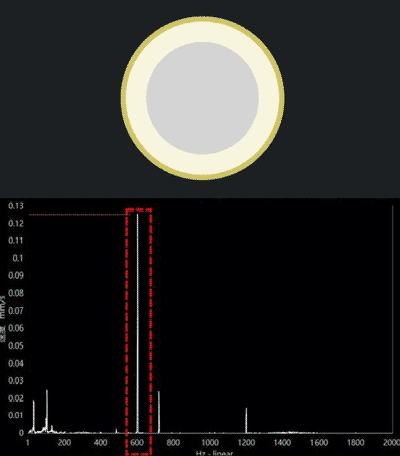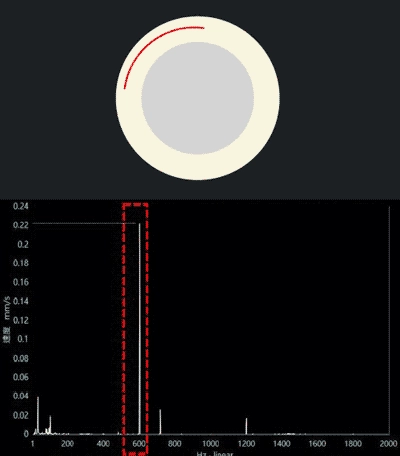Blade Misalignment Causing Poor Wafer Cutting?
Monitoring Case|Blade Misalignment Causing Poor Wafer Cutting?Irregular, uneven, or defective cutting surfaces not only affect the quality of the dies but also impact the performance of the resulting components or chips.
Wafer Dicing Saw Blades
The precision of wafer dicing saw blades is one of the key factors to ensure accurate cutting in semiconductor processes. Blade precision directly influences wafer cutting accuracy and surface quality. Key factors affecting blade precision include: the consistency of blade geometry and dimensions, which contribute to improved cutting accuracy. Proper installation of the blade must ensure correct alignment with the dicing machine. Any installation errors can lead to inaccurate cuts, so careful handling is essential.
Moreover, the dicing machine's mechanism must also be considered to ensure the blade remains stable during cutting. Automated control systems help achieve higher blade precision, including high-resolution positioning control, precise speed regulation, and real-time feedback systems to ensure cutting accuracy and consistency. Strict quality control procedures are implemented to ensure blade precision during manufacturing and installation. Regular maintenance and calibration are also key steps in ensuring blade precision.

Impact of Blade Anomalies:
In the wafer dicing process, blade anomalies may lead to various issues:
Reduced Product Quality: Irregular, uneven, or defective cut surfaces impact die quality and further affect the performance of resulting components or chips.
Reduced Product Yield: Cutting failures or wafer damage may result in a reduced number of usable dies, ultimately decreasing final product yield.
Increased Downtime: When anomalies occur, production may need to halt for inspection or blade replacement, increasing downtime and affecting overall production efficiency. Additional testing and repairs further add to costs.
Decreased Customer Satisfaction: Poor product quality or delivery delays due to blade anomalies can impact customer satisfaction, especially in the highly competitive semiconductor industry.
To minimize these losses, strict quality control and regular equipment maintenance, including blade replacement and inspections, should be implemented to ensure stable and high-quality cutting processes. Therefore, monitoring systems are necessary to detect blade anomalies in real time and prevent potential issues.
How to Detect?
VMS-PH Dynamic Quality Analyzer
Comparing the conditions of normal, misaligned, and abnormal blades, we use Fast Fourier Transform (FFT) spectrum analysis to observe blade differences and detect signal variations in greater detail.
Measurement Conditions
Condition 1: Normal Dicing Saw Blade

Condition 2: Misaligned Dicing Saw Blade

Condition 3: Abnormal Dicing Saw Blade

| Condition | Vibration Value | Difference Rate | |
|---|---|---|---|
| Normal Blade | 0.024 | ---- | 0 % |
| Misaligned Blade | 0.124 | 0.1 | 416.6 % |
| Abnormal Blade | 0.223 | 0.199 | 829.2 % |
Measurement Conclusion
VMS-PH can clearly detect the differences between normal, misaligned, and abnormal blades. It utilizes FFT spectrum amplitude at designated frequencies to establish characteristic values for blade quality monitoring.
VMS-PH Dynamic Quality Analyzer


